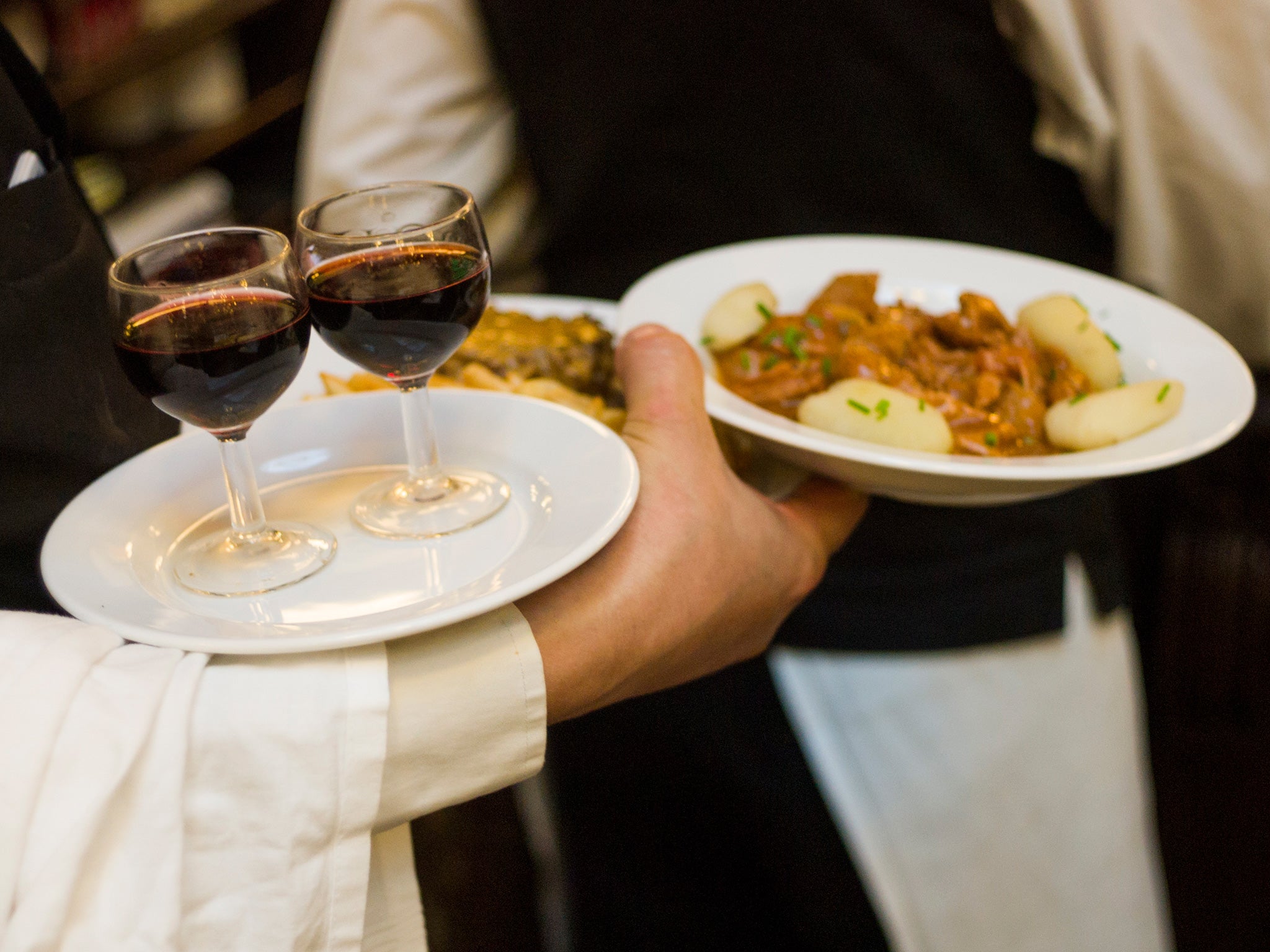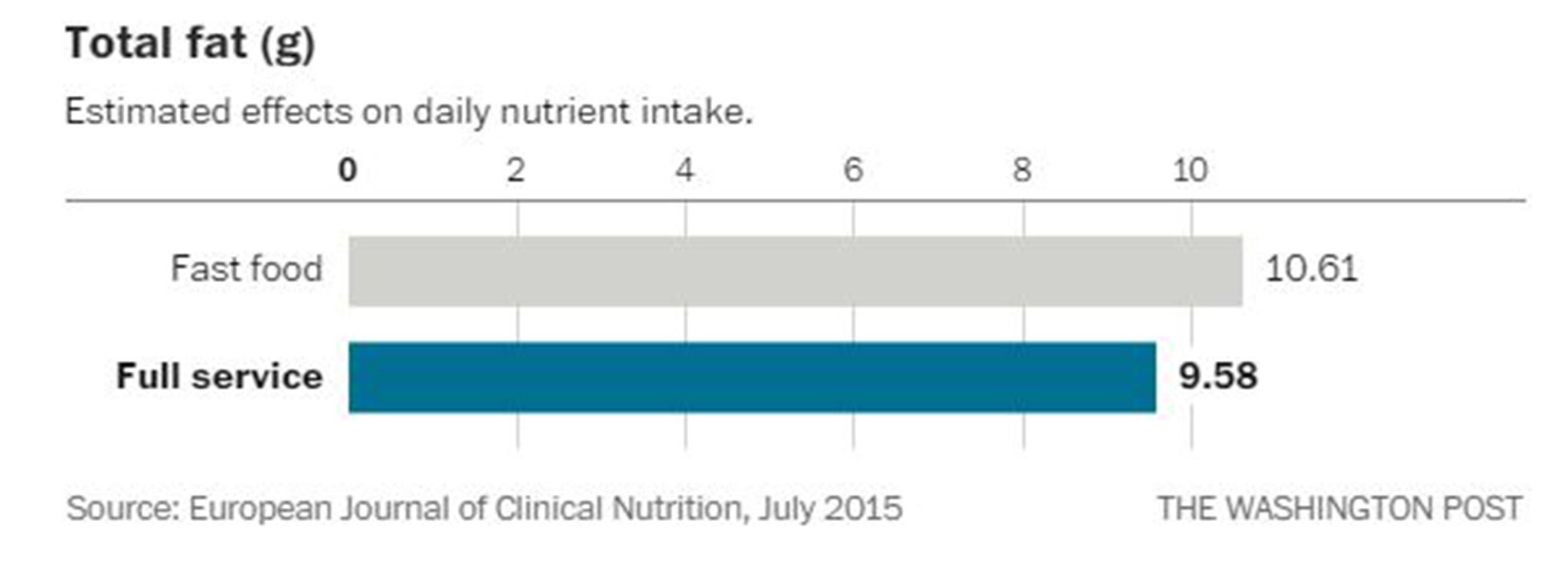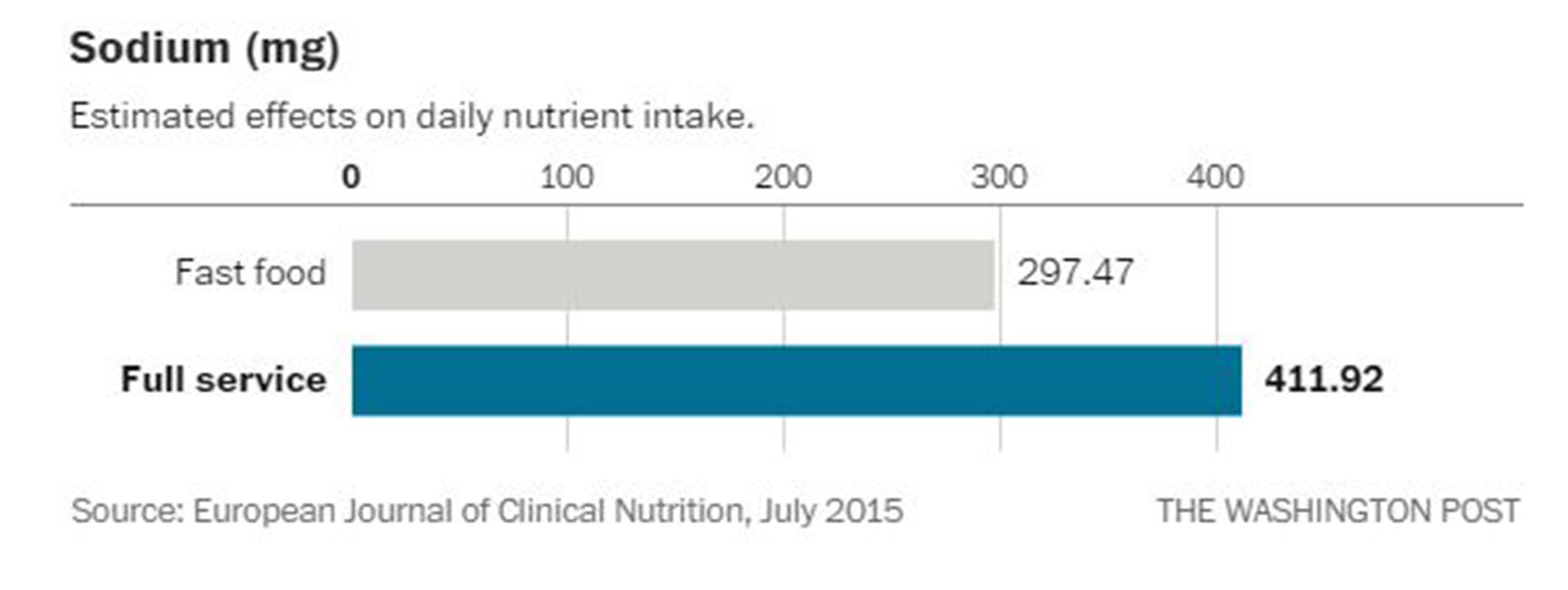Why eating out at restaurants may be just as bad for your health as grabbing fast food
Data suggests that the key to healthy eating is cooking at home

Sitting down for a leisurely dinner at a full-service restaurant may sound like a healthier choice than grabbing a burger and fries at a drive-through. But is it really?
That's the question that University of Illinois researcher Ruopeng An set out to explore by analyzing 2003-2010 data from the National Health and Nutrition Examination Survey from more than 18,000 Americans.
It turns out that whenever you go out to eat, wherever that may be, you end up taking in an average of 200 more calories than if you eat at home, according to a paper published in the European Journal of Clinical Nutrition.
It gets worse.
In some respects restaurant outings appear to be less healthy than eating at a fast food outlet. While you may be taking in more nutrients -- like vitamins, potassium and omega-3 fatty acids depending on what you order -- you're also likely to consume more sodium and cholesterol.

How does this happen? "[Y]ou may be at higher risk of overeating in a full-service restaurant than when eating fast food," An, a professor of kinesiology and community health, surmised.
He wrote that it appears that "dietary behavior is influenced by eating environment" and that various factors including longer dining time, socializing and greater variety might contribute to excess calorie intake at a full-service restaurant.

According to a separate paper in Public Health Nutrition published in August that came to similar conclusions, the increase in calorie intake at restaurants was higher for those with middle incomes versus high incomes and for black adults as compared to their white or Hispanic counterparts.

A previous study found that individual and small-chain restaurants meals, which account for about half of restaurant locations in the United States and are exempt from federal rules finalized at the end of 2014 requiring the posting of calorie counts restaurants, convenience stores and movie theaters with at least 20 locations, contained two to three times what an average adult needs.
The data, published in JAMA Internal Medicine in May 2013, involved analyzing 157 full meals (including side dishes) from 33 randomly selected restaurants within 15 miles of downtown Boston. On average the meals contained a whopping 1,327 calories. Italian meals were among the worse with 1,755 calories, American ones 1,494, and Chinese 1,474. Vietnamese meals were lowest with 922 calories and Japanese with 1,027 calories.
That's pretty scary if you compare it to the amount you need to consume to stay healthy. The average recommended daily intake varies by age, gender and type of lifestyle (sedentary, moderately active, active) based on an Institute of Medicine formula. For women it can range from 1,600 to 2,400 and for men 2,000 to 3,000.

©Washington Post
Join our commenting forum
Join thought-provoking conversations, follow other Independent readers and see their replies
Comments
Bookmark popover
Removed from bookmarks